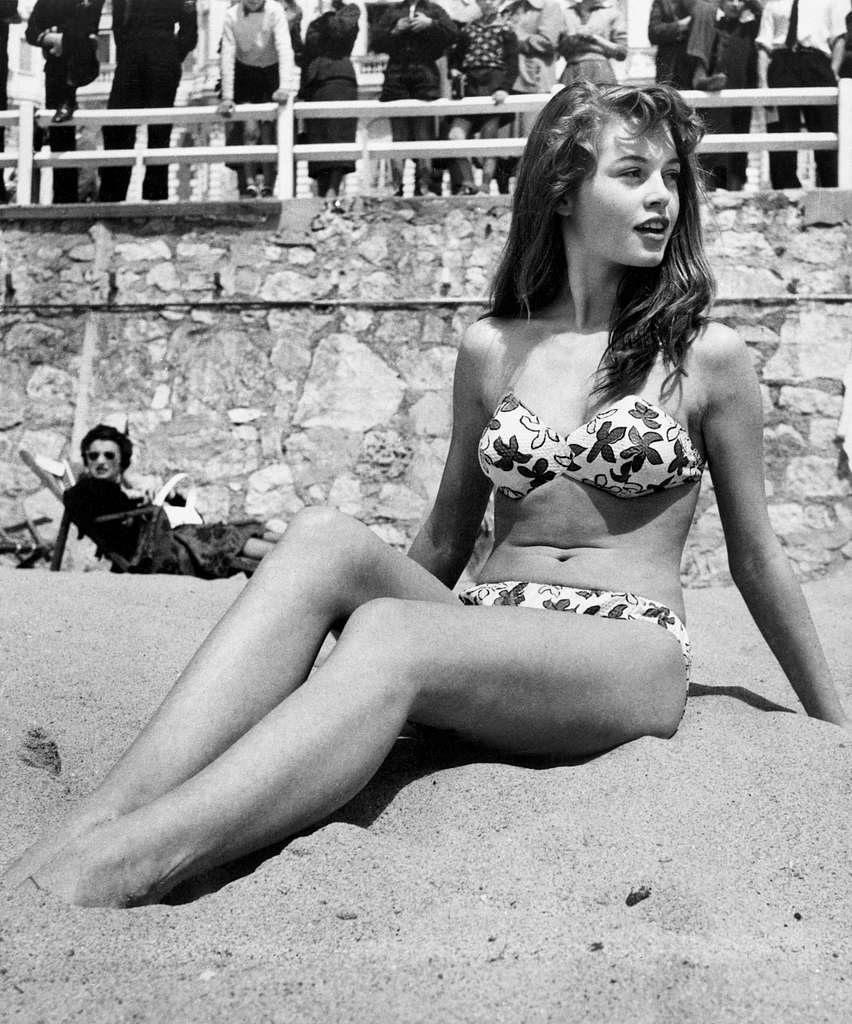From Full Coverage to the Birth of the Bikini

In the early 20th century, swimwear was all about modesty. Swimsuits covered the body from neck to knee, often made of heavy wool, and beaches enforced strict dress codes. Even small exposures, like bare knees, could cause trouble.
Change came with trailblazers like Australian swimmer Annette Kellerman, who in 1907 wore a daring one-piece suit exposing arms, legs, and neck. Her boldness challenged social norms and inspired a new approach to swimwear.

The 1920s saw further evolution with California’s “skirts be hanged girls,” who created practical, form-fitting designs for mobility and comfort. Then, in 1946, French engineer Louis Réard unveiled the bikini—a two-piece swimsuit exposing the navel—shocking the world and igniting a cultural storm.
Despite bans across the U.S., Europe, and beyond, women embraced the bikini, pushing boundaries and changing societal rules one daring look at a time.